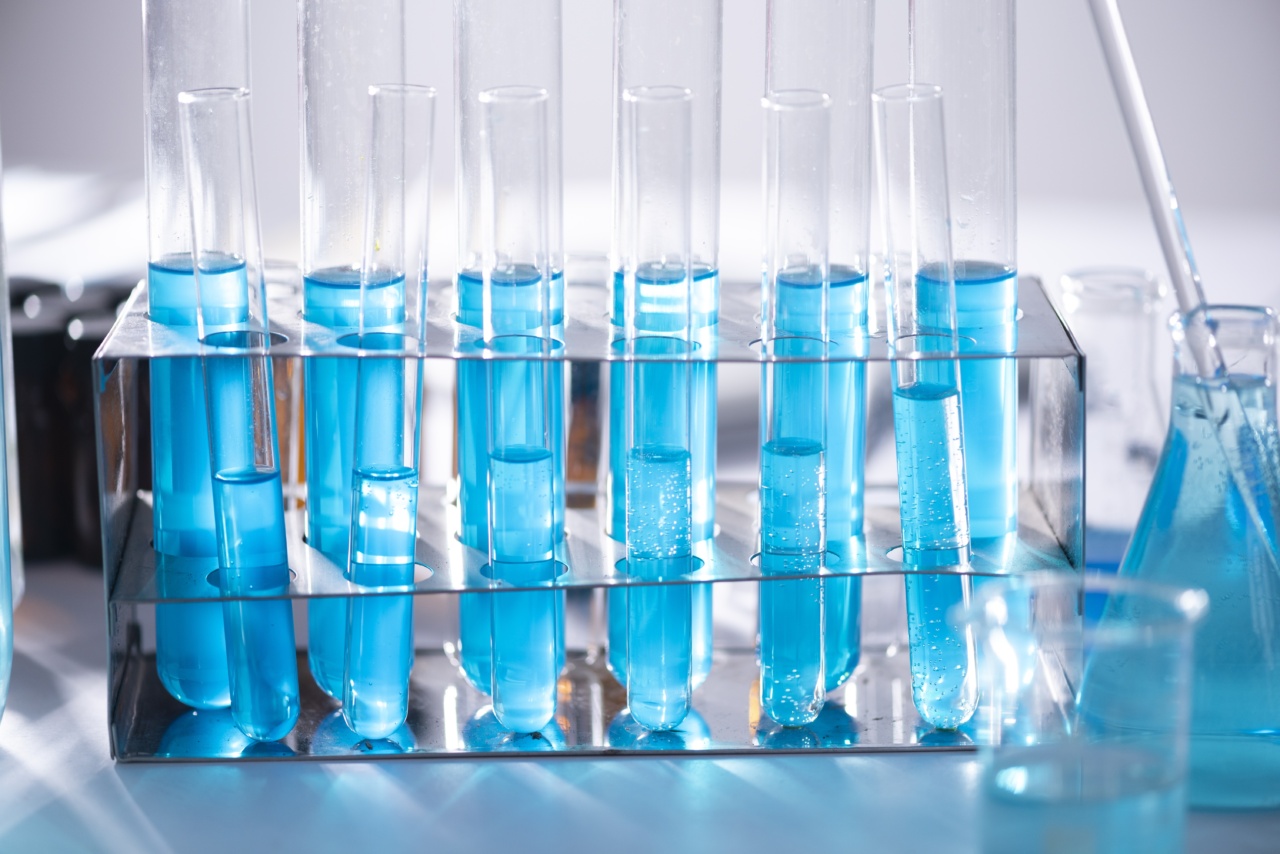Dandruff is a common scalp condition that affects a large number of people worldwide. It is characterized by the shedding of dead skin cells from the scalp, leading to the formation of white flakes.
The exact cause of dandruff remains unknown, but an overgrowth of bacteria on the scalp is believed to play a role in its development.
What is dandruff?
Dandruff is a common scalp condition that affects up to 50% of people worldwide. It is characterized by the shedding of dead skin cells from the scalp, which can be seen as white flakes on the scalp and hair.
While dandruff is not a serious health condition, it can be embarrassing and cause social anxiety in some individuals. Dandruff can also cause scalp itchiness and irritation, making it uncomfortable and difficult to manage.
The link between bacteria and dandruff
Research has shown that an overgrowth of bacteria on the scalp can contribute to the development of dandruff.
Bacteria naturally exist on the scalp, but when there is an overgrowth, it can lead to inflammation and irritation of the scalp, which triggers the shedding of dead skin cells.
One study found that people with dandruff had a higher number of bacteria on their scalp compared to those without dandruff.
The study also found that the type of bacteria that were overgrown on the scalp of people with dandruff were different from those found on the scalp of people without dandruff.
Causes of bacterial overgrowth on the scalp
The exact cause of bacterial overgrowth on the scalp is not fully understood, but there are several factors that can contribute to its development. These include:.
Poor hygiene
Not washing the hair and scalp regularly can lead to the accumulation of oil, dirt, and dead skin cells, which can provide a breeding ground for bacteria to grow and multiply.
Excessive use of hair products
Hair products such as gels, hairsprays, and mousses can clog the pores on the scalp, leading to the buildup of oil and dead skin cells.
This environment can promote the growth of bacteria on the scalp, which can contribute to the development of dandruff.
Stress
Stress can weaken the immune system, making it more difficult for the body to fight off bacterial infections. This can lead to an overgrowth of bacteria on the scalp, which can contribute to the development of dandruff.
Diet
A diet high in sugar and processed foods can promote the growth of bacteria on the scalp. This is because bacteria thrive in an acidic environment, which is created by consuming sugary and processed foods.
Imbalanced scalp pH
The scalp has a natural pH balance, which is slightly acidic. If the pH balance is disrupted, it can create an environment that is conducive to the growth of bacteria on the scalp.
Treatments for dandruff
While there is no cure for dandruff, there are several treatments that can help manage the condition. These include:.
Medicated shampoos
There are several over-the-counter medicated shampoos that can help manage dandruff.
These shampoos contain active ingredients such as salicylic acid, selenium sulfide, and pyrithione zinc, which can help reduce the growth of bacteria on the scalp and prevent the buildup of dead skin cells.
Natural remedies
Some natural remedies can also help manage dandruff. These include tea tree oil, coconut oil, and apple cider vinegar. Tea tree oil has natural antimicrobial properties that can help reduce the growth of bacteria on the scalp.
Coconut oil can help moisturize the scalp and prevent the buildup of dead skin cells. Apple cider vinegar can help restore the scalp’s pH balance, creating an environment that is less conducive to the growth of bacteria on the scalp.
Lifestyle changes
Making lifestyle changes such as washing the hair and scalp regularly, reducing the use of hair products, managing stress levels, and adopting a healthy diet can also help manage dandruff.
Conclusion
An overgrowth of bacteria on the scalp is linked to the development of dandruff.
While the exact cause of dandruff remains unknown, poor hygiene, excessive use of hair products, stress, diet, and imbalanced scalp pH are believed to play a role in its development. Managing dandruff involves using medicated shampoos, natural remedies, and making lifestyle changes to prevent the buildup of dead skin cells and reduce the growth of bacteria on the scalp.































